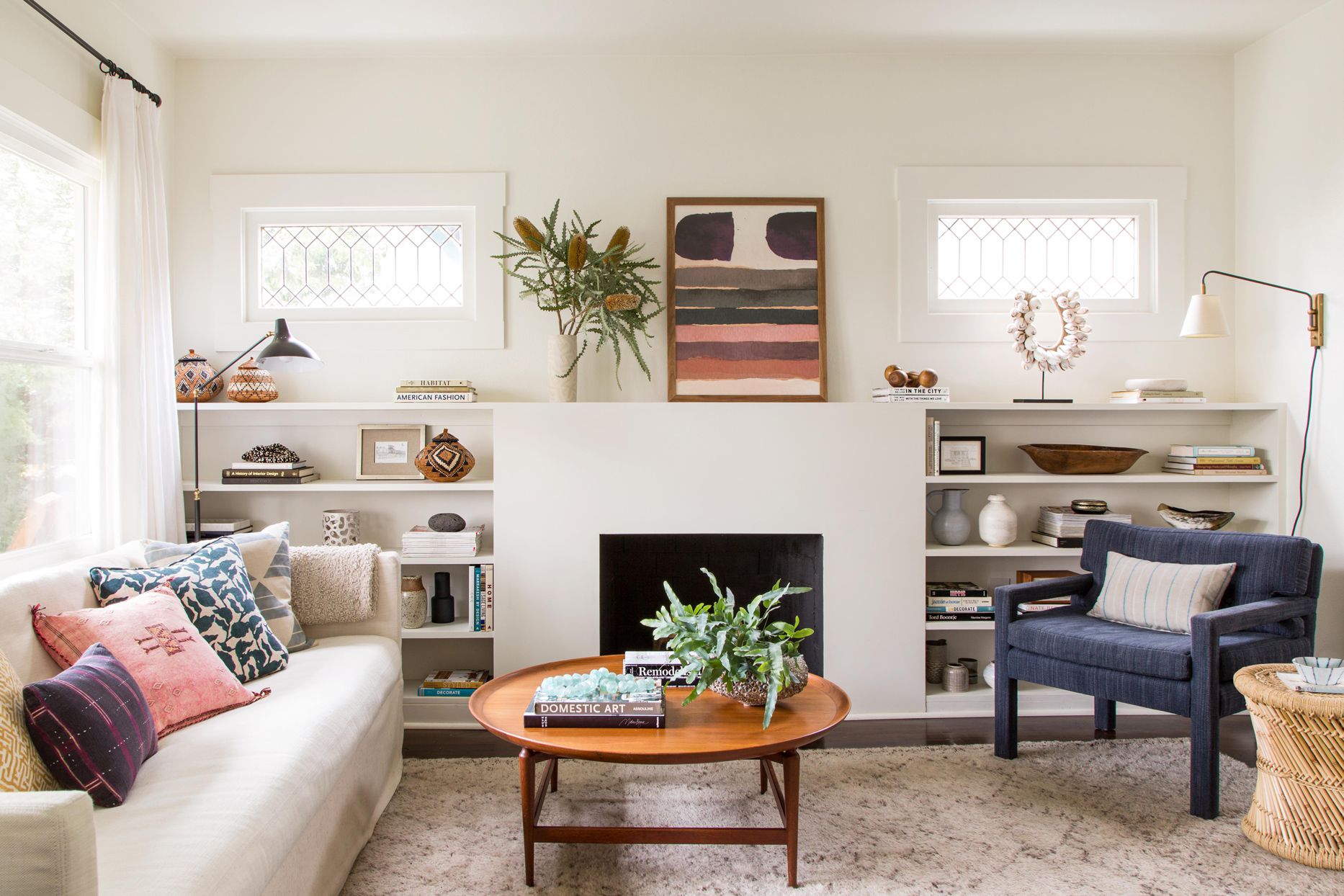

Articles
How To Arrange Furniture In Small Living Room
Modified: January 7, 2024
Learn expert tips for arranging furniture in small living rooms to maximize space and create a functional and stylish layout. Discover how to make the most of your furniture in limited space.
(Many of the links in this article redirect to a specific reviewed product. Your purchase of these products through affiliate links helps to generate commission for Storables.com, at no extra cost. Learn more)
Introduction
Arranging furniture in a small living room can be a challenging task. Limited space requires careful planning and strategic placement to optimize both functionality and aesthetics. However, with the right approach, you can transform a small living room into a cozy and stylish space.
When it comes to choosing furniture for a small living room, it’s essential to prioritize practicality without compromising on style. Opt for pieces that are proportional to the size of the room, offer ample storage options, and can serve multiple purposes.
In this article, we will guide you through the process of arranging furniture in a small living room, helping you maximize the available space and create a comfortable and inviting atmosphere. Let’s dive in!
Key Takeaways:
- When arranging furniture in a small living room, prioritize practicality and versatility. Choose multi-functional furniture, maximize storage space, and create a balanced mix of sizes to optimize the available space.
- Enhance your small living room by maximizing natural light, incorporating multipurpose furniture, and adding visual depth. Embrace vertical space, utilize mirrors, and create a sense of dimension for a stylish and inviting atmosphere.
Read more: How To Arrange Furniture In Living Room
Choosing the Right Furniture
When working with limited space, it’s crucial to choose furniture that complements the size of the room. Avoid bulky or oversized pieces that will dominate the space and make it feel cramped. Instead, opt for furniture with sleek lines and a compact footprint.
Consider investing in multi-functional furniture that serves dual purposes. For example, a sofa bed can double as a guest bed, while a coffee table with built-in storage compartments provides additional space for stashing away items.
Another aspect to consider is the material and color of the furniture. Light-colored upholstery and finishes can create an illusion of more space, while glass or mirrored furniture can reflect light and make the room appear larger.
Additionally, when choosing furniture, pay attention to the scale and proportion of each piece. Too many small items can make the room feel cluttered, while one large item can overpower the space. Aim for a balanced mix of furniture sizes that fit well together.
Ultimately, the key to choosing the right furniture for a small living room is to prioritize functionality and versatility while maintaining a visually appealing aesthetic.
Assessing the Room’s Layout
Before diving into the process of arranging furniture, it’s important to assess the layout of the room. Take note of the size and shape of the room, as well as the location of doors, windows, and any architectural features that may impact the furniture placement.
Start by measuring the dimensions of the room and creating a scaled floor plan. This will help you visualize how different furniture pieces will fit within the space. Consider traffic flow and ensure there is enough room to move around without feeling cramped.
Identify any focal points in the room, such as a fireplace, window, or entertainment unit. These focal points can serve as a starting point for arranging furniture and creating a cohesive design.
Additionally, take note of any existing architectural features that you want to highlight or conceal. For example, if there’s a beautiful window or a structural column, you may want to position furniture to draw attention to these elements.
Remember, every small living room is unique, and understanding the room’s layout will help you make informed decisions when it comes to furniture arrangement.
Creating a Focal Point
Creating a focal point is essential in any living room, regardless of its size. A focal point draws the eye and anchors the room, adding visual interest and depth to the space. In a small living room, a well-placed focal point can also create the illusion of a larger area.
One of the most common focal points is a fireplace. If your room has a fireplace, position the furniture in a way that emphasizes this feature. Arrange the seating area facing the fireplace to create a cozy and inviting atmosphere. Place a stylish rug and a coffee table in the center to complement the arrangement.
If your living room doesn’t have a fireplace, you can create a focal point using other elements such as a large piece of artwork, a statement piece of furniture, or an accent wall. Choose a visually striking item or area and arrange the furniture around it to highlight and enhance its impact.
When arranging the furniture around the focal point, be mindful of the balance and proportion. Ensure that the seating arrangement complements the focal point without overwhelming it. Consider the scale and placement of each piece to create a harmonious and visually appealing arrangement.
Remember, a well-designed focal point can transform a small living room and make it feel more spacious and inviting. Take the time to choose and arrange elements that will draw attention and create a sense of visual depth.
Arranging the Main Seating Area
The main seating area is the heart of any living room, and it’s important to arrange it in a way that maximizes comfort and functionality. In a small living room, efficient use of space is key.
Start by positioning the largest piece of furniture, such as a sofa, against a wall or in a corner. This will help create an open flow and maximize the available space. Place the sofa facing the focal point, whether it’s a fireplace, a TV, or a prominent piece of artwork.
Next, arrange the additional seating around the sofa. Depending on the size of the room, you may be able to add a couple of armchairs or a loveseat. If space is limited, consider using ottomans or small stools that can serve as both seating and storage.
Make sure to leave enough room for traffic flow between the furniture pieces. Leave at least 2-3 feet of space for easy movement around the seating area. Avoid overcrowding the space with too much furniture, as it can make the room feel cramped.
Incorporate a coffee table in the center of the seating arrangement. Choose a table that is proportionate to the size of the room and offers storage options, such as shelves or drawers. A coffee table with a glass top can visually open up the space and make it feel less cluttered.
Consider adding some side tables or nesting tables near the seating area for convenience. These can be used for placing drinks, lamps, or decorative items.
Remember, arranging the main seating area in a small living room requires careful consideration of space and functionality. Prioritize comfort, traffic flow, and creating a visually pleasing arrangement that complements the room’s design.
Read more: How To Arrange Living Room Furniture With Tv
Maximizing Storage Space
Storage is often a challenge in small living rooms, but with some strategic planning, you can maximize the available space and keep your room organized. Efficient storage solutions not only help declutter the space but also create a more spacious and inviting atmosphere.
When choosing furniture, opt for pieces that offer built-in storage options. Look for sofas or ottomans with hidden compartments, coffee tables with shelves or drawers, and TV stands or consoles with ample storage space. These furniture choices allow you to store items such as extra blankets, books, remote controls, and other living room essentials.
In addition to furniture with built-in storage, consider incorporating floating shelves or wall-mounted cabinets. These vertical storage solutions take advantage of unused wall space and provide a place to display decorative items while keeping everyday items within reach.
Another smart storage solution is utilizing multi-functional furniture. For example, choose a TV stand that doubles as a bookshelf, or a storage ottoman that can be used as extra seating, a footrest, and a place to hide away items.
If your living room has high ceilings, take advantage of the vertical space by adding tall bookcases or shelving units. These not only provide ample storage for books and accessories but also draw the eye upward, creating the illusion of a taller room.
Lastly, don’t forget to declutter and organize regularly to make the most of your storage space. Remove items that are no longer needed or used, and find creative storage solutions for smaller items like remote controls, chargers, and other miscellaneous items.
By implementing these storage solutions, you can keep your small living room tidy and organized, making it feel more spacious and functional.
Use multipurpose furniture to maximize space, such as a coffee table with storage or a sofa that can double as a bed. Keep the room clutter-free to create the illusion of more space.
Utilizing Vertical Space
When space is limited, it’s important to think vertically and make use of every available inch. Utilizing vertical space in a small living room can significantly increase your storage options and create a visually appealing design.
One of the most effective ways to maximize vertical space is by adding tall furniture pieces such as bookcases or shelving units. These units not only provide additional storage but also draw the eye upward, making the room feel taller and more spacious. Place them against a wall or in a corner to optimize the available space.
Consider installing floating shelves on the walls to display decorative items, books, or plants. These shelves can not only serve as functional storage but also add visual interest and create a unique design element in your living room.
Another way to utilize vertical space is by hanging wall-mounted cabinets or storage units. These can be used to store various items such as DVDs, board games, or other living room essentials. Make sure to choose cabinets with a slim profile to avoid overwhelming the room visually.
Don’t forget about the area above furniture pieces as well. Utilize the space above the sofa or television by hanging artwork or adding wall-mounted storage options such as hanging baskets or floating shelves. This will help to maximize storage while adding a decorative touch to the room.
Lighting fixtures can also be used to optimize vertical space. Install wall sconces instead of using floor or table lamps, as they free up valuable surface space. Additionally, pendant lights or chandeliers that hang from the ceiling can draw the eye upward and make the room feel more open.
By embracing the vertical space in your small living room, you can create a more organized and visually appealing environment. Remember to balance functionality with aesthetics, and make use of every available inch to optimize your storage options.
Incorporating Multipurpose Furniture
When working with limited space in a small living room, incorporating multipurpose furniture is a smart and efficient solution. Multipurpose furniture serves multiple functions, allowing you to make the most of your space without compromising on style or comfort.
One example of multipurpose furniture is a sofa bed. A sofa bed provides seating during the day and can be easily converted into a bed for guests at night. This eliminates the need for a separate guest room and maximizes the usability of your living space.
Another versatile option is a storage ottoman. Not only does it serve as a comfortable footrest, but it also provides hidden storage space for blankets, pillows, or other items you want to keep out of sight. Choose an ottoman with a removable lid or drawers for easy access to your stored belongings.
Consider utilizing nesting tables or adjustable-height coffee tables. These tables can be compactly nested together when not in use, saving space, and can be expanded or adjusted when needed for additional surface area. They offer flexibility and convenience for entertaining or everyday use.
Wall-mounted folding desks or drop-leaf tables are perfect for small living rooms that double as a home office or dining area. These pieces can be folded against the wall when not in use, creating more floor space. When needed, they can be easily unfolded to provide a sturdy and functional space for work or meals.
Additionally, modular or sectional sofas are excellent choices for small living rooms. These furniture pieces can be rearranged and reconfigured to suit different needs and layouts. They offer flexibility and adaptability, making it easier to optimize the space to your liking.
By incorporating multipurpose furniture, you can save space, increase functionality, and maintain a stylish living room. Seek out furniture pieces that provide multiple uses without compromising on quality or aesthetics, allowing you to make the most out of your small living space.
Balancing the Room’s Proportions
In a small living room, maintaining a sense of balance in the room’s proportions is essential. Properly proportioned furniture arrangement can create an illusion of a larger and more harmonious space. Here are some tips to help you achieve balance in your small living room:
First, consider the size of your furniture in relation to the room itself. Avoid oversized or bulky pieces that overwhelm the space. Choose furniture that is appropriately scaled and fits well in the room without compromising comfort.
It’s important to create a focal point in the room, as mentioned earlier, but be mindful of not making it overly dominant. Ensure that other furniture pieces and elements in the room are in proportion with the focal point. For example, if you have a large statement artwork above the sofa, make sure the other furniture pieces are not overshadowed but rather complement the overall visual balance.
Keep in mind the concept of visual weight. Every piece of furniture has a visual weight, which can be influenced by its size, color, and design. Distribute the visual weight evenly across the room to avoid a lopsided or top-heavy appearance. For instance, if you have a large, heavy-looking sofa on one side of the room, balance it out with a visually lighter chair or a floor lamp on the opposite side.
Consider the placement of furniture in relation to architectural features or structural elements in the room. Use furniture to highlight or downplay these features, depending on their aesthetic appeal. For instance, if you have a beautiful window, arrange the seating around it to draw attention to the outside view and create a sense of balance.
Ensure that the spacing between furniture pieces is proportionate and allows for comfortable movement. Avoid overcrowding the room, as it can make the space feel cramped and unbalanced. Leave enough space between pieces for a smooth flow of traffic.
Don’t forget to pay attention to both horizontal and vertical proportions. Balance the height of furniture pieces with the overall scale of the room. Consider using tall elements such as floor-to-ceiling curtains or vertical wall art to create a sense of vertical balance and make the room feel taller.
By paying close attention to proportion and balance, you can create a visually pleasing and harmonious living room, regardless of its size. Take the time to arrange furniture in a way that promotes balance and enhances the overall aesthetic appeal of your small living space.
Enhancing Natural Light
Natural light can make a significant difference in the perception of space in a small living room. Incorporating strategies to enhance natural light will not only make the room feel more open and spacious, but it will also create a welcoming and inviting atmosphere. Here are some tips to maximize the natural light in your small living room:
First and foremost, keep your windows clean and free from any obstructions. Dirty windows can block the passage of sunlight and reduce the amount of natural light entering the room. Regularly clean the windows inside and out to allow for maximum light penetration.
Avoid heavy or bulky window treatments that can darken the room. Instead, opt for sheer or light-colored curtains that allow natural light to filter through while still maintaining privacy. If privacy is not a concern, consider forgoing curtains altogether to allow as much light as possible into the room.
Place a mirror strategically across from a window or in a location that reflects the natural light. Mirrors can effectively double the amount of light in a room by bouncing and distributing it throughout the space. Choose a large mirror or create a gallery wall of smaller mirrors to maximize the impact.
Opt for light-colored paint on the walls and ceiling to create a bright and airy feel. Lighter tones reflect light better and can make the room feel more open and spacious. Consider using whites, soft neutrals, or pastel shades to enhance the natural light in the room.
Position furniture away from the windows to prevent blocking the light. Allow the natural light to flow freely into the room by keeping the area near the windows unobstructed. Arrange the seating area, such as sofas and chairs, away from windows to make the most of the available light.
Declutter your living room and keep surfaces clear to prevent light from being absorbed by unnecessary objects. Keep the space as open and uncluttered as possible to allow for maximum light reflection and minimize shadows within the room.
Utilize light-colored flooring materials to reflect natural light and brighten the overall space. Opt for light wood, tile, or laminate flooring to maximize the light bouncing around the room. Lighter floors can also give the illusion of a larger area.
Lastly, consider incorporating additional light sources, such as floor lamps or recessed lighting, to supplement natural light. During darker hours or on cloudy days, these additional light sources can help brighten up the room and maintain the same airy and spacious feel.
By following these tips, you can maximize the natural light in your small living room and create a bright and inviting environment. Embracing natural light will not only make the space feel larger but also contribute to a more cheerful and uplifting atmosphere.
Adding Visual Depth
Creating visual depth is key in making a small living room feel more spacious and interesting. It involves incorporating design techniques that give the illusion of extended space and provide a sense of dimension. Here are some tips to add visual depth to your small living room:
Consider using a variety of textures and patterns in your furnishings and decor. Mixing different textures and patterns can create visual interest and add depth to the space. For example, pair a sleek leather sofa with a plush textured rug or incorporate throw pillows with different patterns and textures on your seating area.
Use color to create depth in your living room. Lighter shades tend to make a room feel more open and spacious, while darker colors can add depth and richness. Consider painting one accent wall in a deeper hue to create a focal point and visually draw the eye into the room.
Incorporate mirrors strategically to create the illusion of space. Hang a large mirror on a wall opposite a window to reflect natural light and create a sense of depth. You can also place smaller mirrors on different walls or use mirrored furniture pieces to enhance the reflection of light and make the room feel more expansive.
Utilize wall art or photographs to create depth and visual interest. Choose artwork with perspective or landscape scenes that create a sense of depth. Hang them strategically on walls to draw the eye into the distance, giving the impression of a larger space.
Consider using rugs to create visual zones in your living room. Place a large area rug beneath the furniture in the seating area to define the space and visually separate it from the rest of the room. This can create an illusion of different sections within the room, enhancing the overall depth.
Arrange furniture and accessories in varying heights. Mix low-profile furniture pieces with taller elements such as floor lamps, bookshelves, or potted plants. This contrast in height creates a layered and dynamic look that adds visual depth to the room.
Utilize lighting techniques to add depth. Use a combination of different lighting sources such as overhead lighting, floor lamps, and table lamps to create layers of light and shadows. This interplay of light and shadow can add depth and dimension to your small living room.
Lastly, create visual depth by incorporating open shelving or display units. Arrange books, decorative objects, or plants on the shelves to create visual layers and an impression of depth. Avoid overcrowding the shelves, as it can make the space look cluttered. Instead, aim for a balanced arrangement that allows each item to be seen and appreciated.
By incorporating these design techniques, you can add visual depth to your small living room, making it feel larger, more inviting, and visually captivating. Embrace the power of texture, color, mirrors, and lighting to create a truly dynamic and immersive space.
Conclusion
Arranging furniture in a small living room requires careful consideration and attention to detail. By choosing the right furniture, assessing the room’s layout, creating a focal point, and maximizing storage space, you can transform your small living room into a stylish and functional space.
Utilizing vertical space, incorporating multipurpose furniture, balancing the room’s proportions, enhancing natural light, and adding visual depth are all techniques that can help optimize the space and create a sense of openness and dimension.
Remember to prioritize practicality and versatility when selecting furniture and storage solutions. Consider the scale and proportion of each piece, and be mindful of traffic flow and the arrangement of the main seating area.
By embracing these strategies and adding your personal touch, you can make the most of your small living room, creating a comfortable and inviting space that reflects your unique style and needs.
Whether you’re enjoying cozy evenings with loved ones or entertaining guests, a well-arranged small living room can provide ample comfort and elegance.
So let your creativity flow as you embark on the journey of arranging your small living room to maximize its potential. With the right mindset and a thoughtful approach, you can create a space that truly reflects your style and makes the most of every inch available.
Frequently Asked Questions about How To Arrange Furniture In Small Living Room
Was this page helpful?
At Storables.com, we guarantee accurate and reliable information. Our content, validated by Expert Board Contributors, is crafted following stringent Editorial Policies. We're committed to providing you with well-researched, expert-backed insights for all your informational needs.
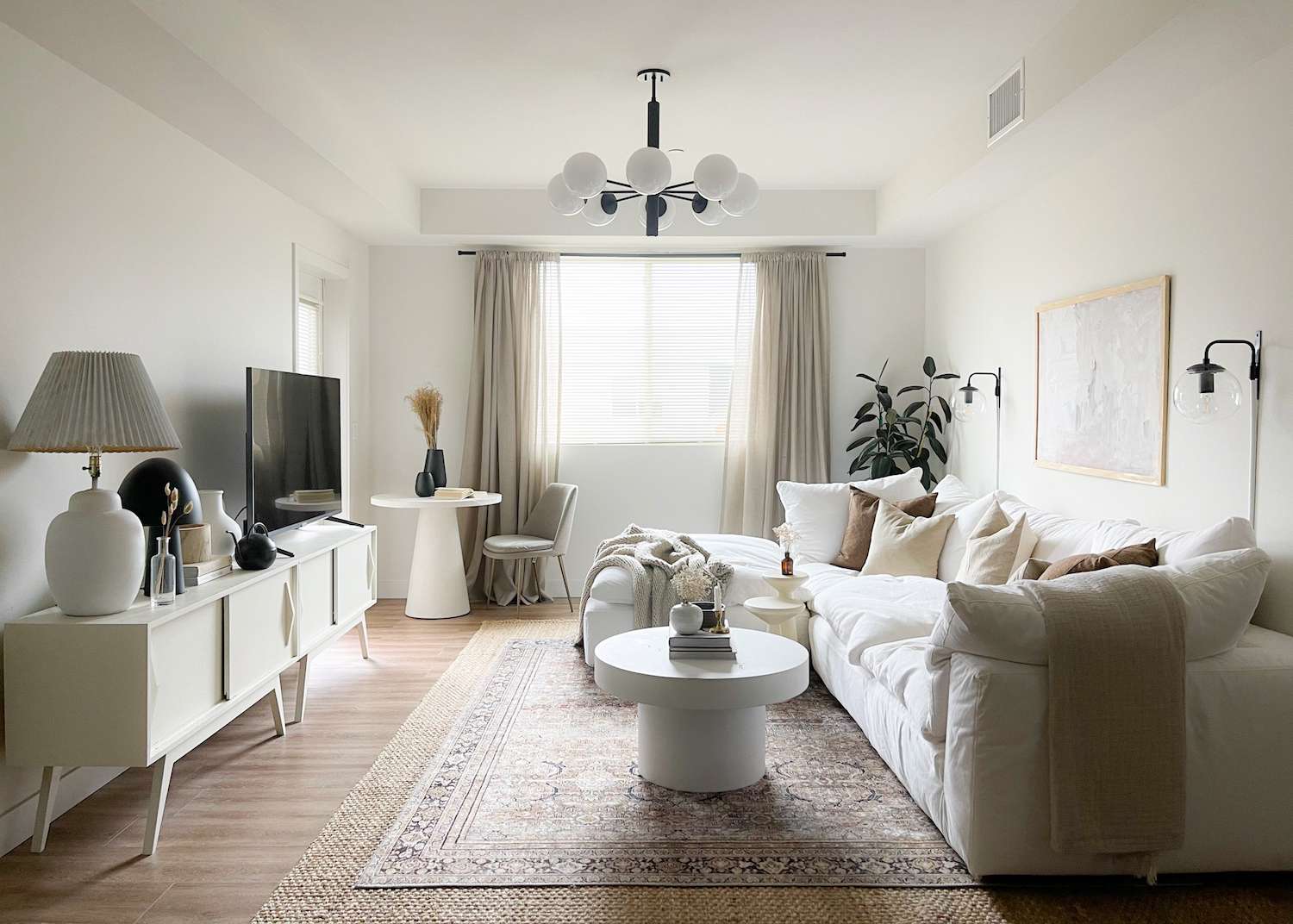
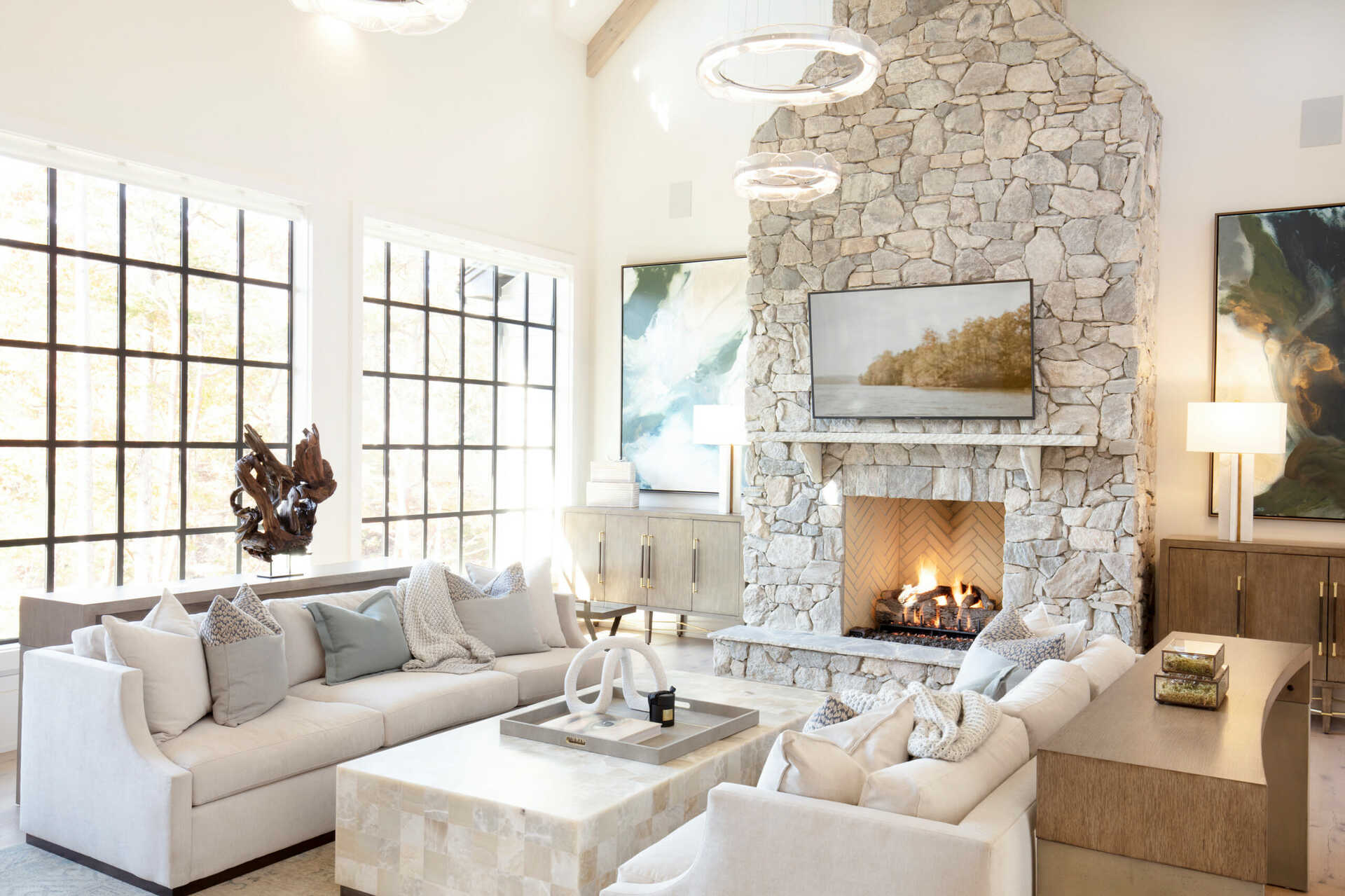
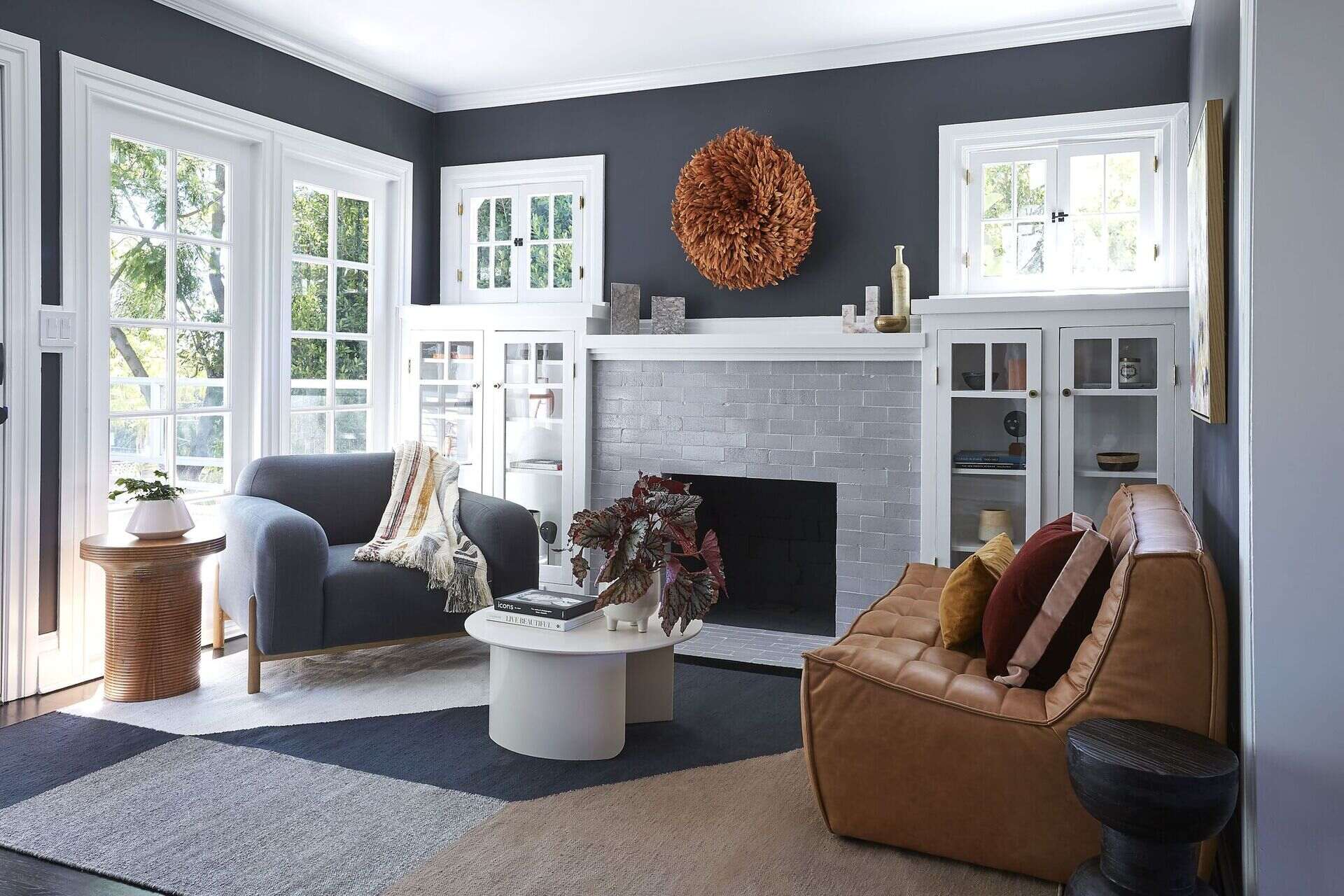
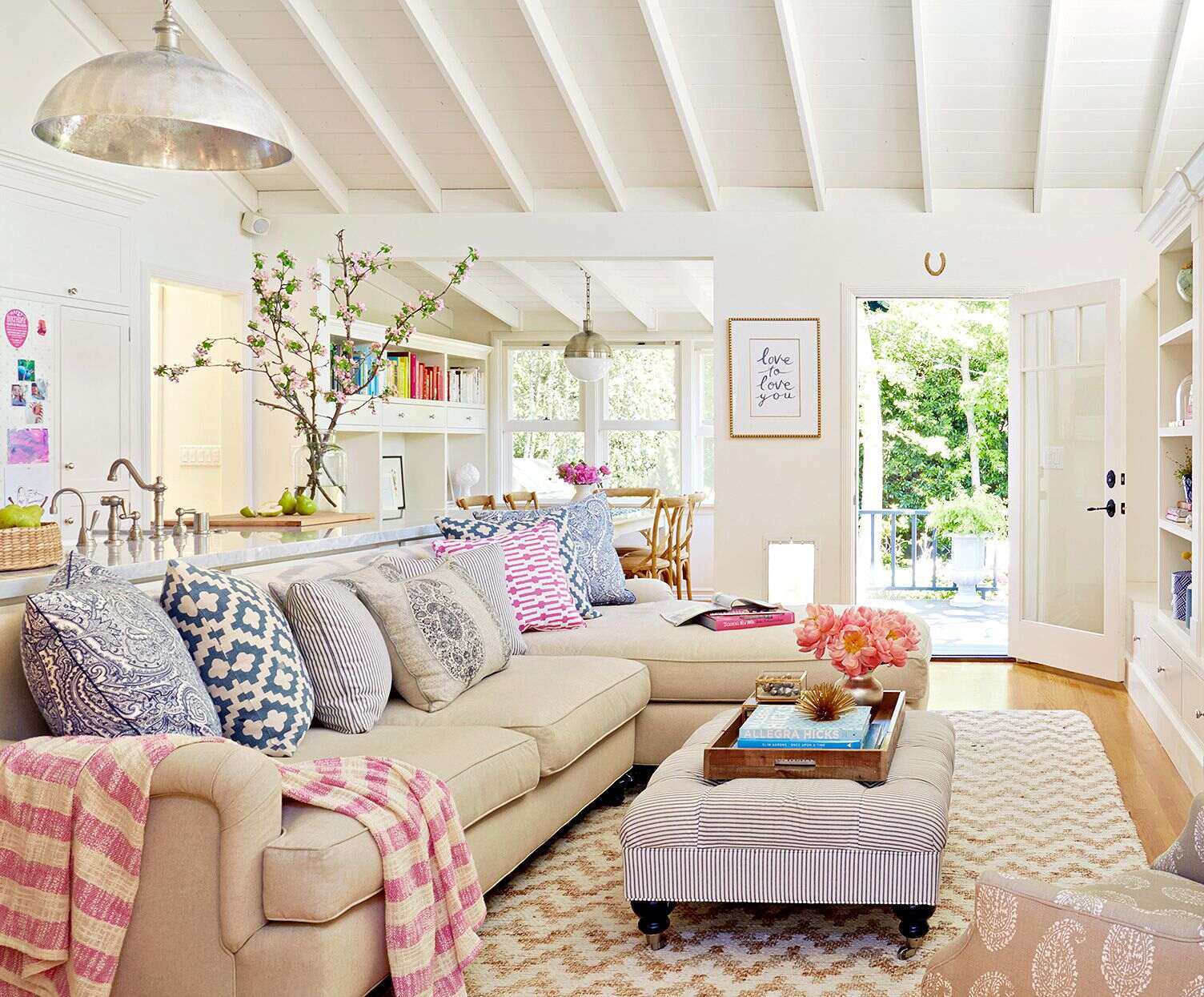
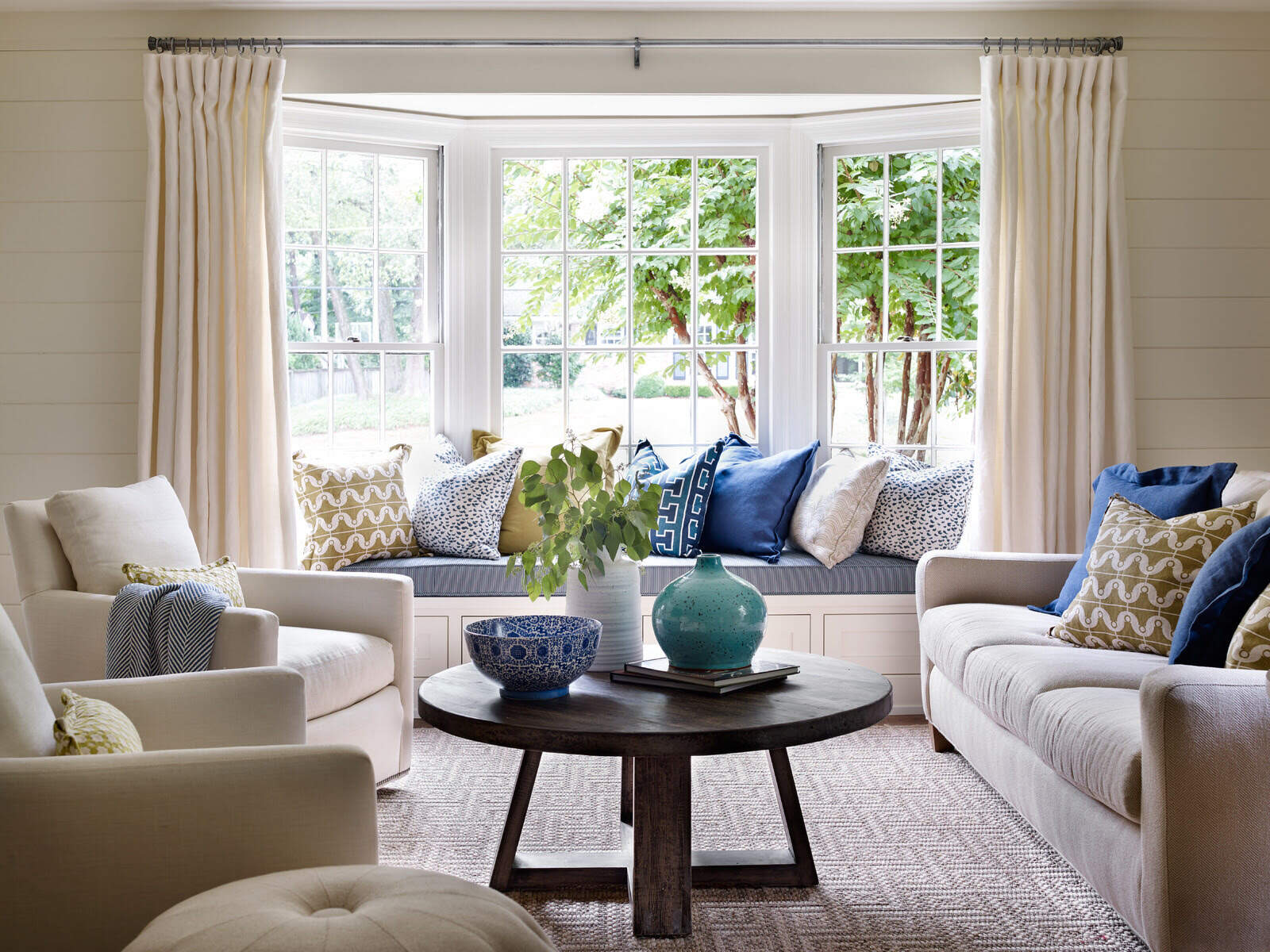
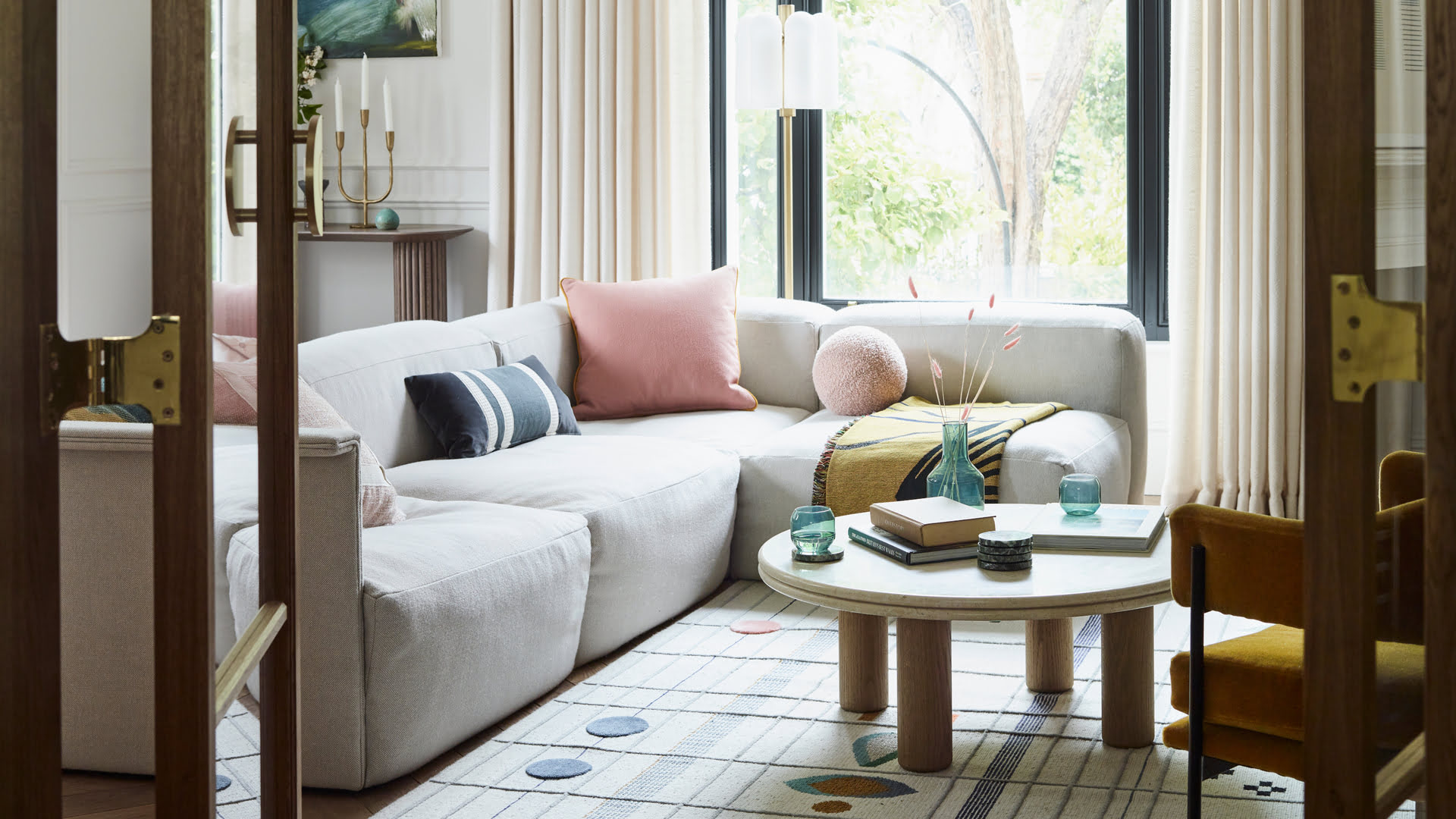
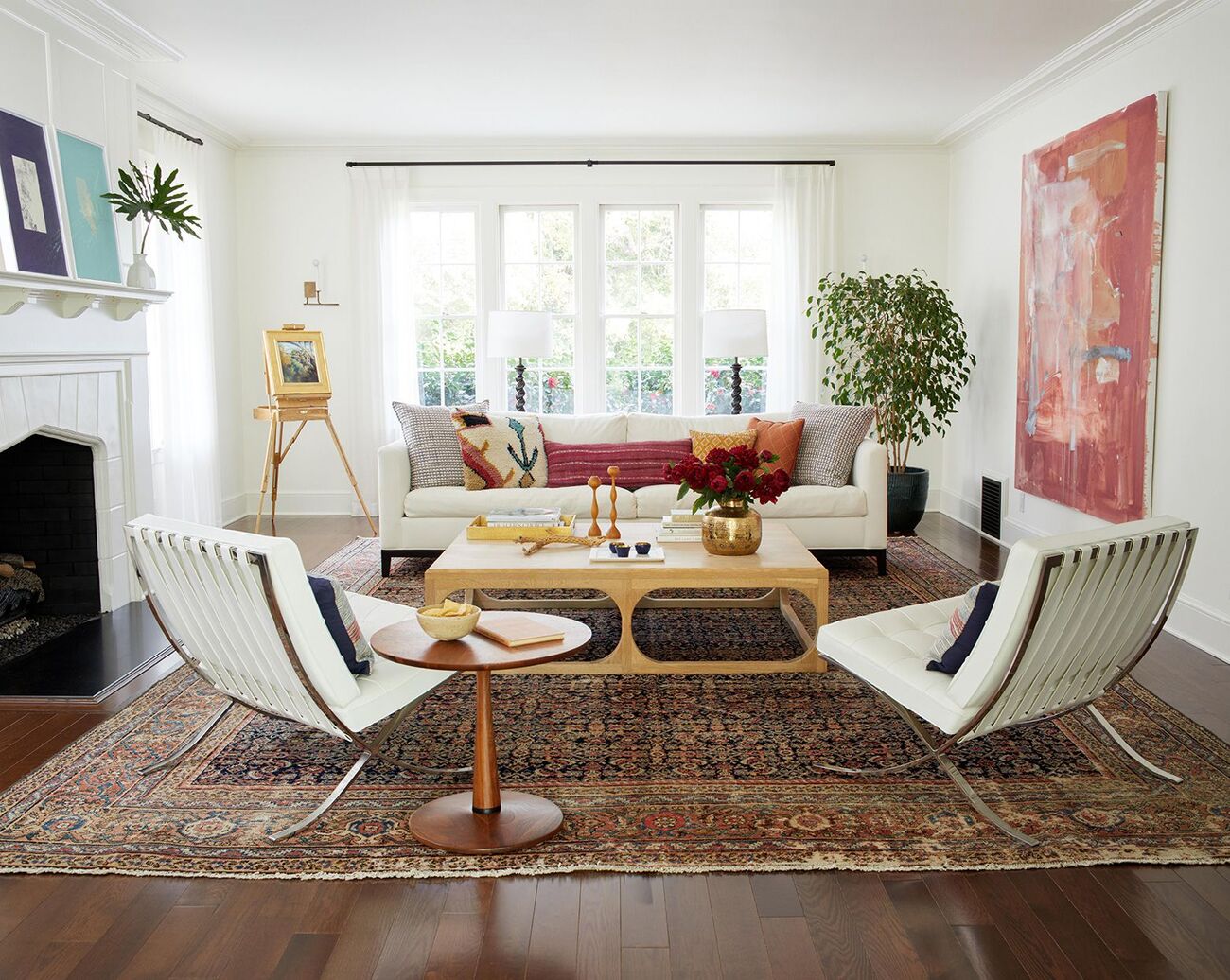
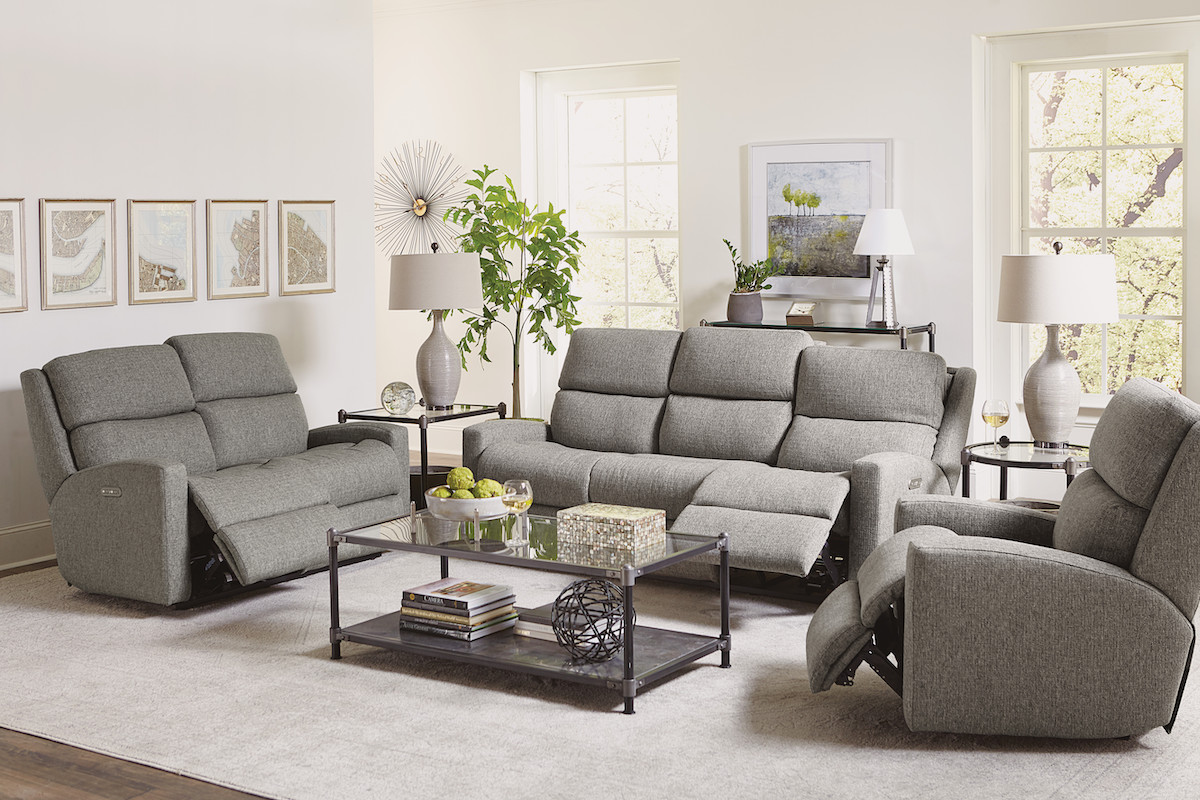
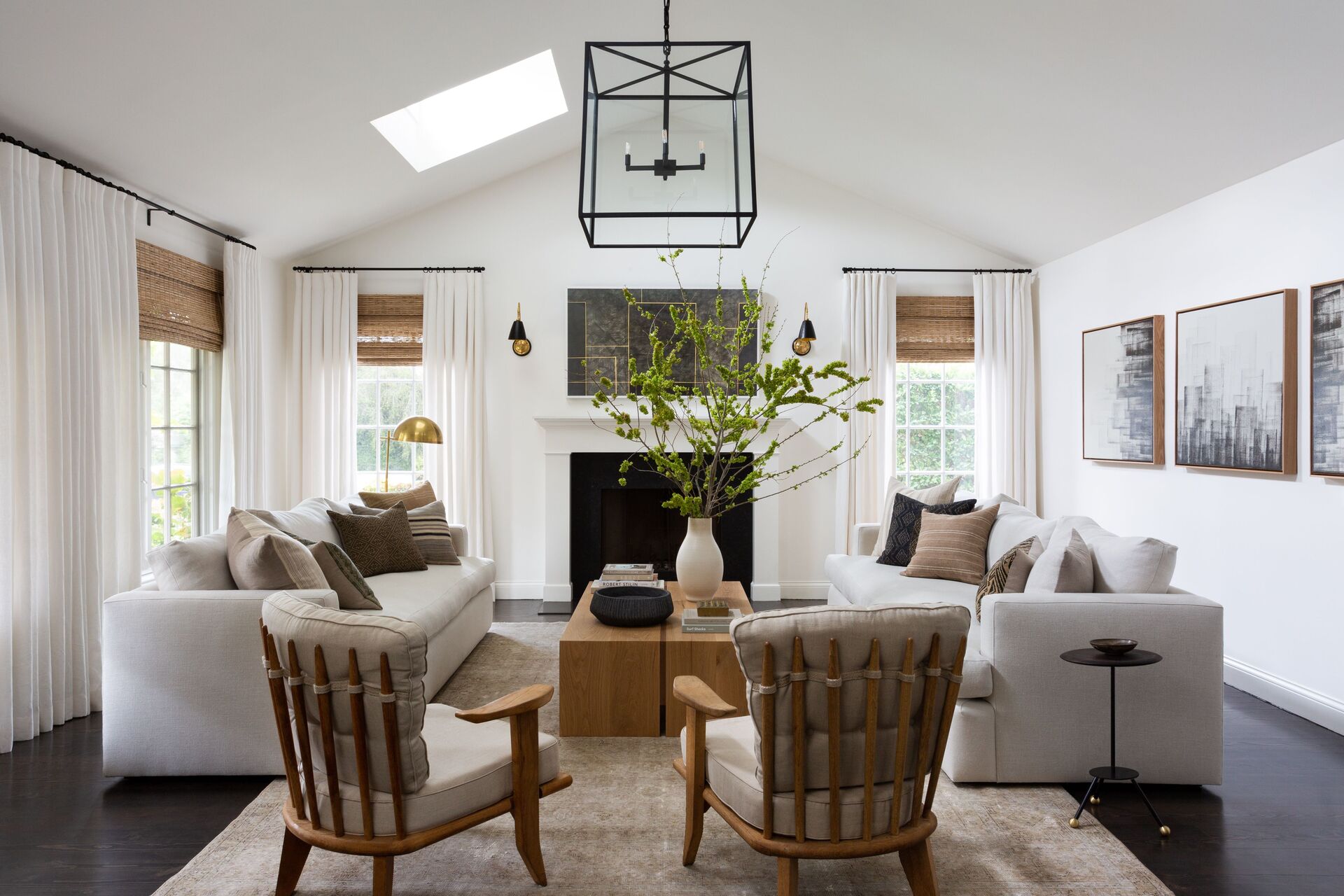
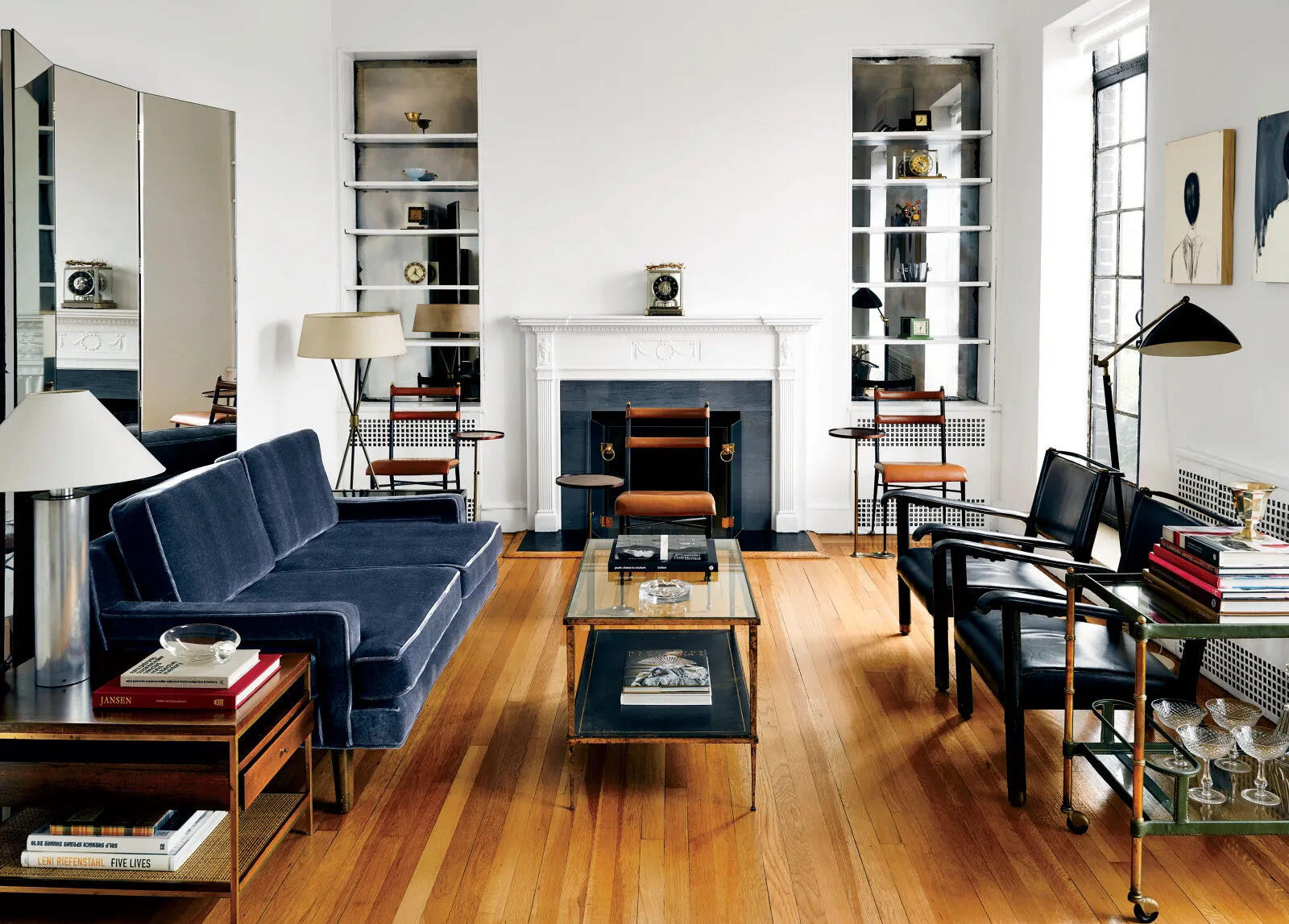
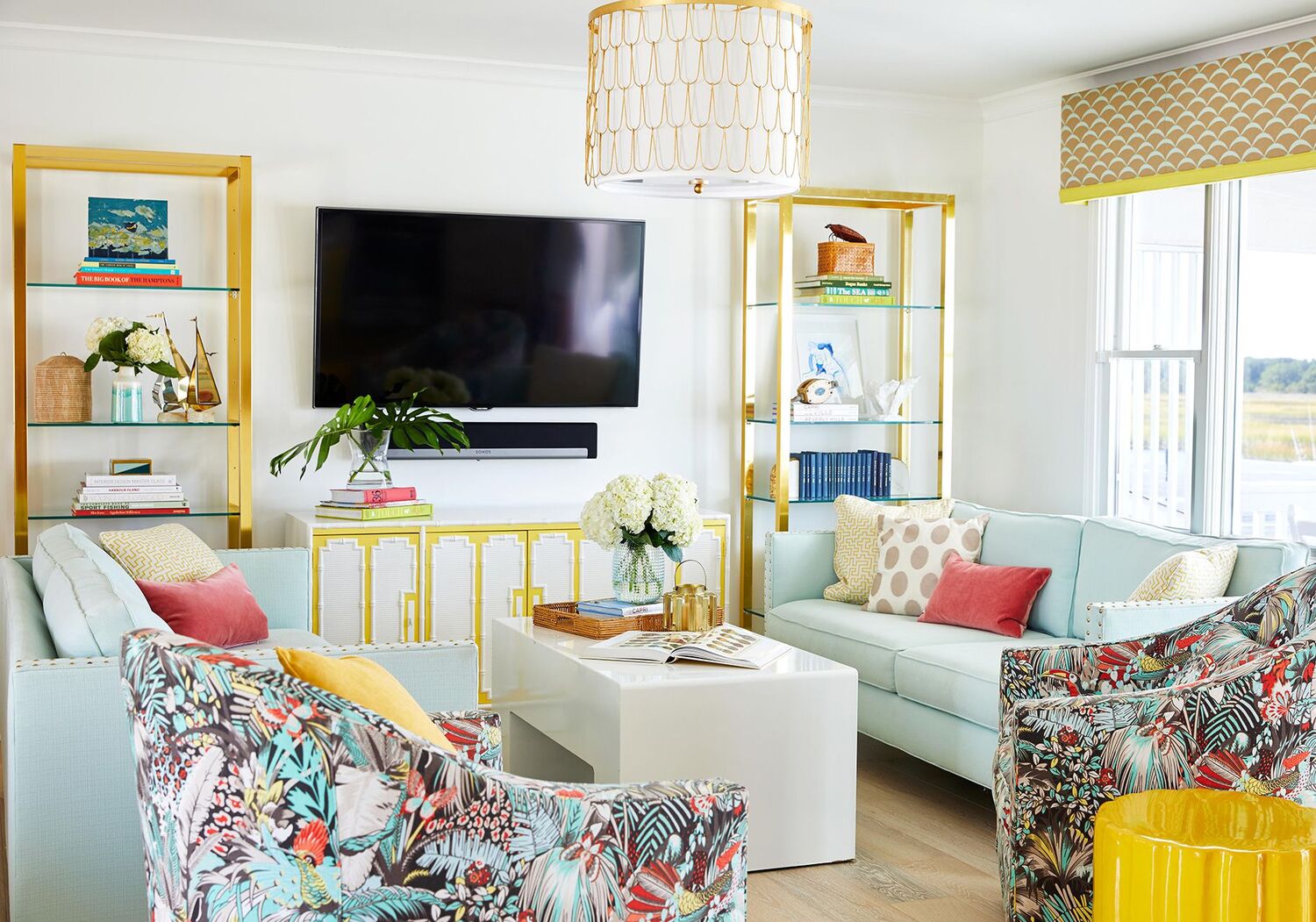
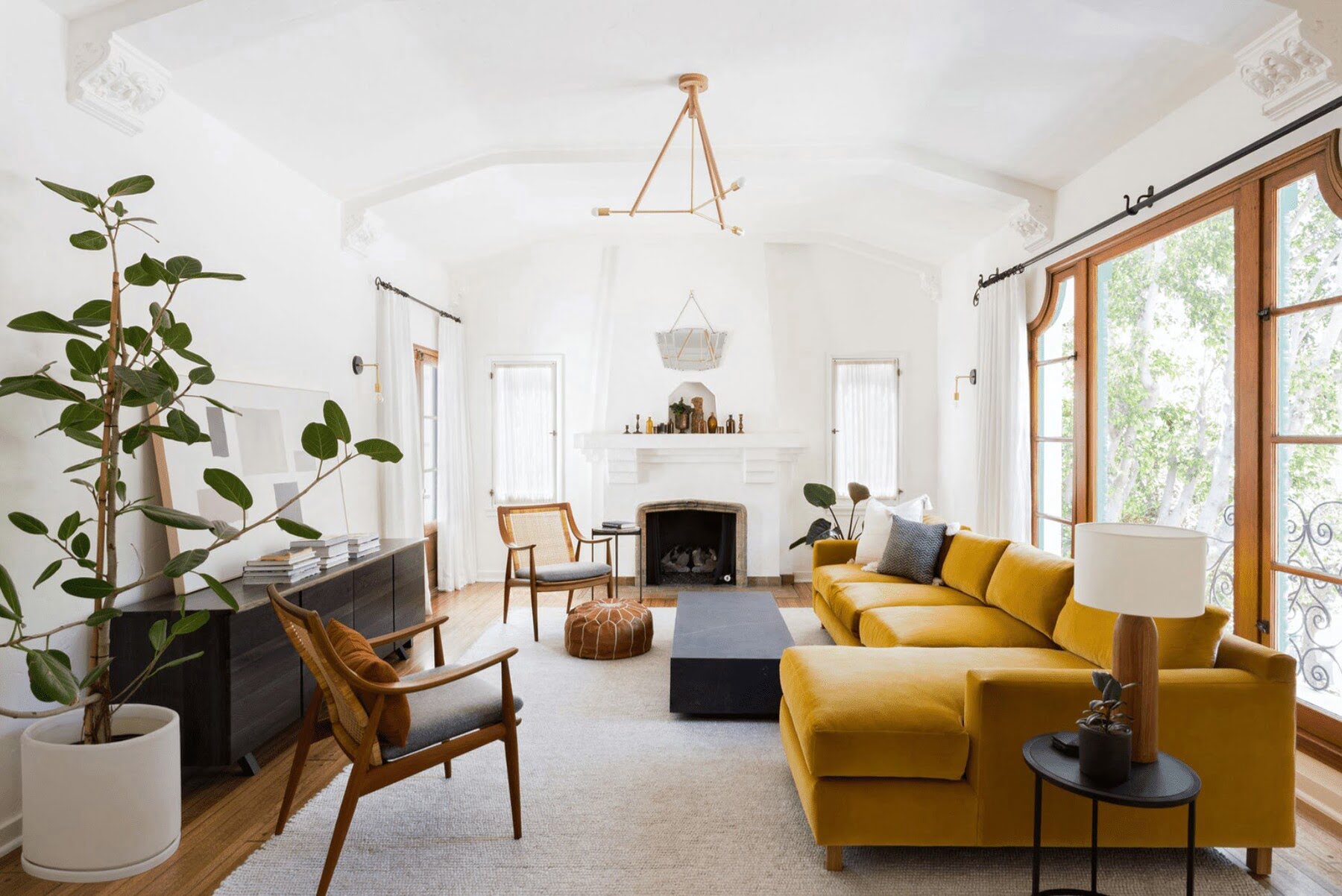
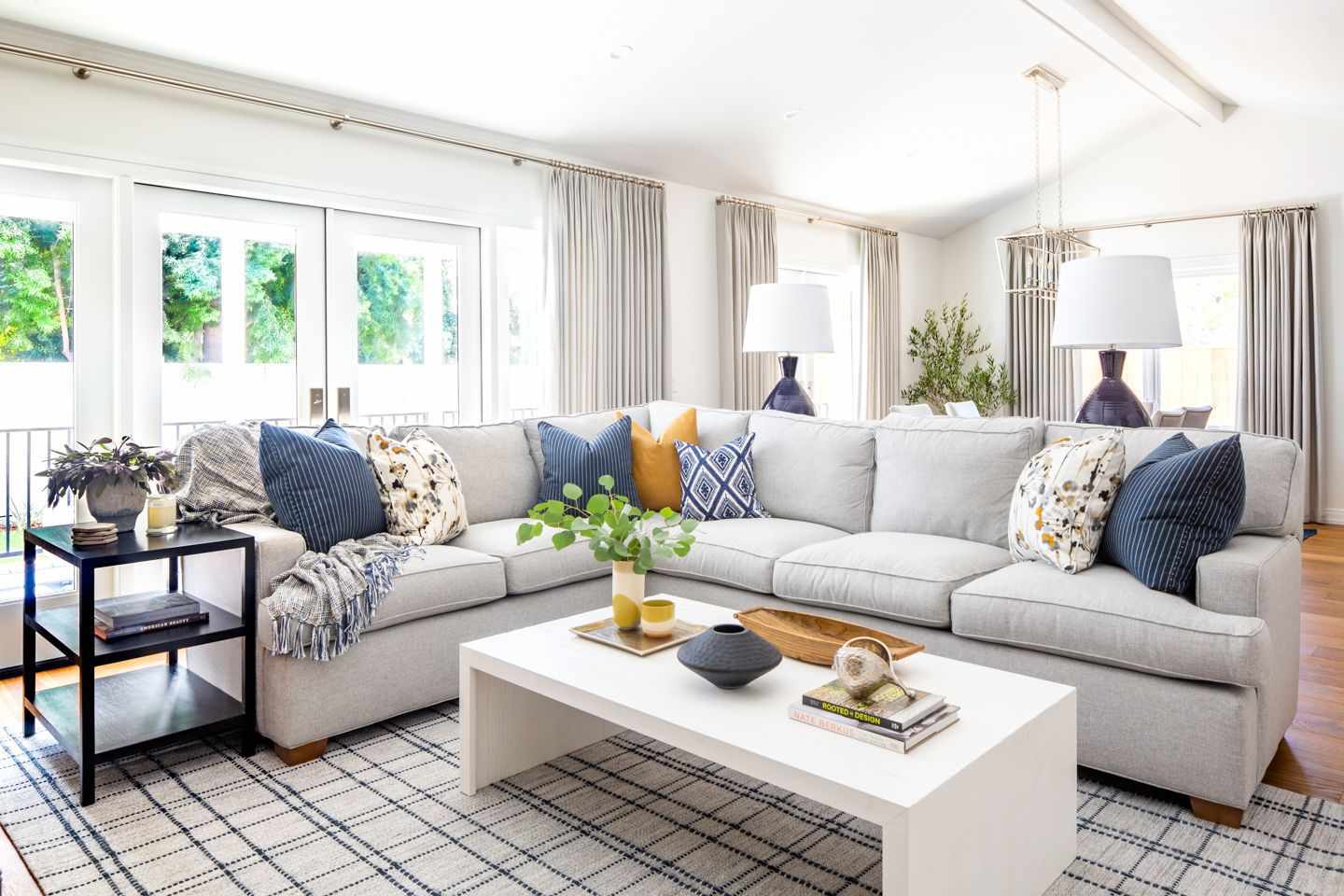

0 thoughts on “How To Arrange Furniture In Small Living Room”